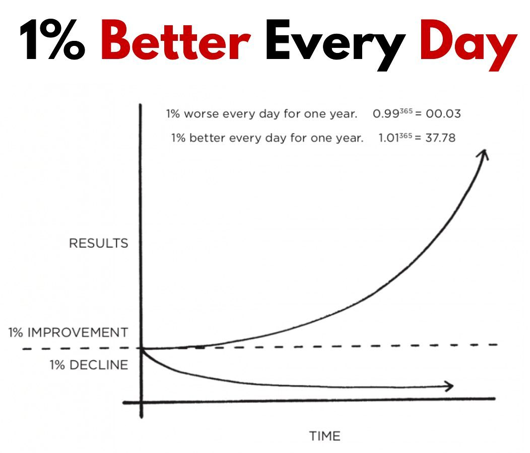The Future of Global Trade and Indian Stock Markets Post-Trade War: A Historical and Predictive Analysis 2025
🌐 The Future of Global Trade and Indian Stock Markets Post-Trade War A Historical and Predictive Analysis 📉 Market Turmoil in Focus The escalation of U.S.–China trade tensions under the Trump administration’s April 2025 tariff policy has shaken global financial stability. On April 7, 2025 , India’s Nifty 50 index plunged by 3.65% , reflecting the ripple effects of these geopolitical shifts. This report combines historical precedents , current policy moves , and forward-looking projections to forecast the evolving landscape of global trade and India’s stock market post-trade war. ⚔️ Current Context: Trade War in 2025 Tariff Spike: The U.S. introduced a 10% baseline levy on all imports, with reciprocal tariffs exceeding 50% on China , marking the most protectionist U.S. trade stance since the Smoot-Hawley Tariff Act of 1930 . Immediate Consequences: 📦 Supply Chain Disruptions: Over 30% of global manufacturing is East Asia-dependent, now under pressure. 💸 In...


